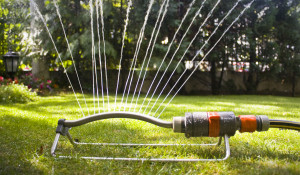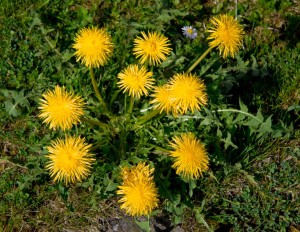Basic Lawn Care Tips For A Successful Turf

 If you’re frustrated with the way your lawn looks, maybe it’s time to make some changes. It is very possible that you’re not aware that some of the things you’re doing (or perhaps not doing) is having a very big effect on your lawn. Here are some lawn care tips that may help you take better care of your turf and ensure a more successful and healthy landscape.
If you’re frustrated with the way your lawn looks, maybe it’s time to make some changes. It is very possible that you’re not aware that some of the things you’re doing (or perhaps not doing) is having a very big effect on your lawn. Here are some lawn care tips that may help you take better care of your turf and ensure a more successful and healthy landscape.Watering: If you drive through any normal American neighborhood in the evening, chances are you’ll see quite a few residents watering their lawn. This is a common mistake. Since the moisture won’t evaporate throughout the night, it will create the perfect opportunity for mold or other fungi togrow. Instead, water your lawn in the morning so the moisture has a chance to evaporate.
Weed Control: If weeds are popping up in your lawn, you definitely want to get a handle on this issue sooner rather than later. Weeds are notoriousfor theirability to spread quickly. Corn gluten, an organic material, has several benefits that include killing weed seedlings andintroducing nitrogen into the soil naturally.
Lawn Clippings: Many people are tempted to bag their clippings or have them blown away, but as long as the amount of clippings isn’t thick (as in you haven’t mowed for a couple months), you can leave them on your lawn where they will decompose and become natural fertilizer. If you’re worried about clippings making your lawn look messy, consider investing in a mulching mower.
Hopefully these simple lawn care tips can help put you on the path to a healthier, more beautiful lawn!




